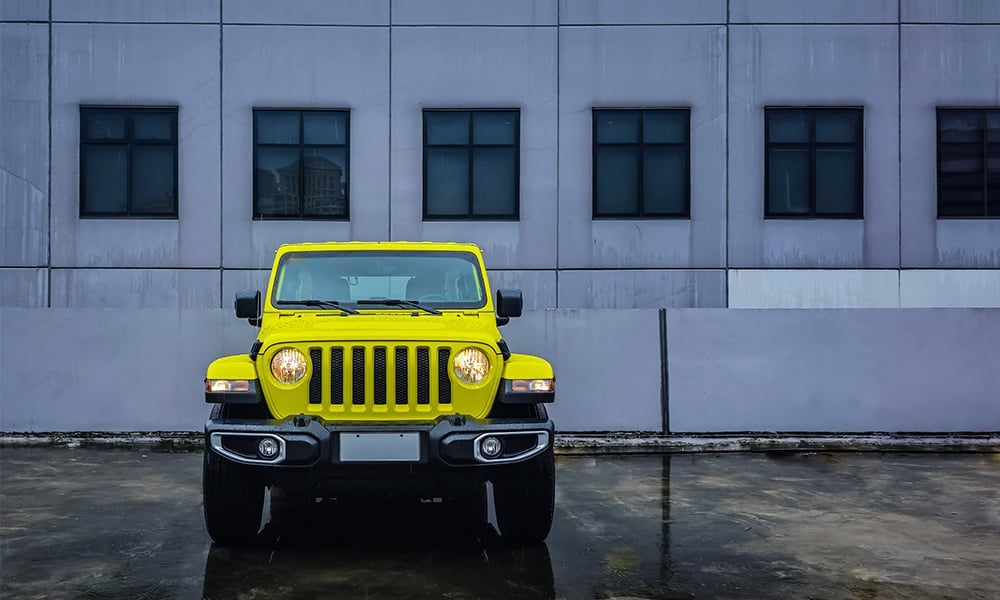
One day, our managing editor told us that we were getting two lend-outs soon. One was the monstrous Ram Rebel; the other was the Jeep Wrangler. And while most of you would probably go with the former, guess which test unit I got?
It may not make sense to you, but my wife adores the Wrangler. In fact, she’s close to shrieking every time she sees one. Happy wife, happy life, right? But I’ve got more reasons for the choice. I am genuinely curious about this vehicle as our family has owned two owner-type jeeps before.
I wanted to know how similar or different they were. And this, I think, is the best opportunity for that. And so, one rainy afternoon, I commuted my way to Jeep Greenhills to finally try it.
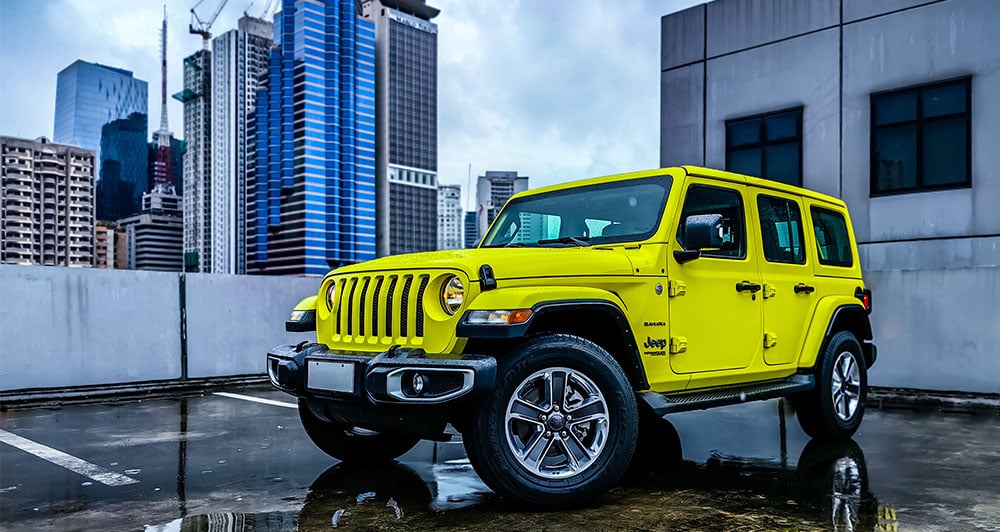
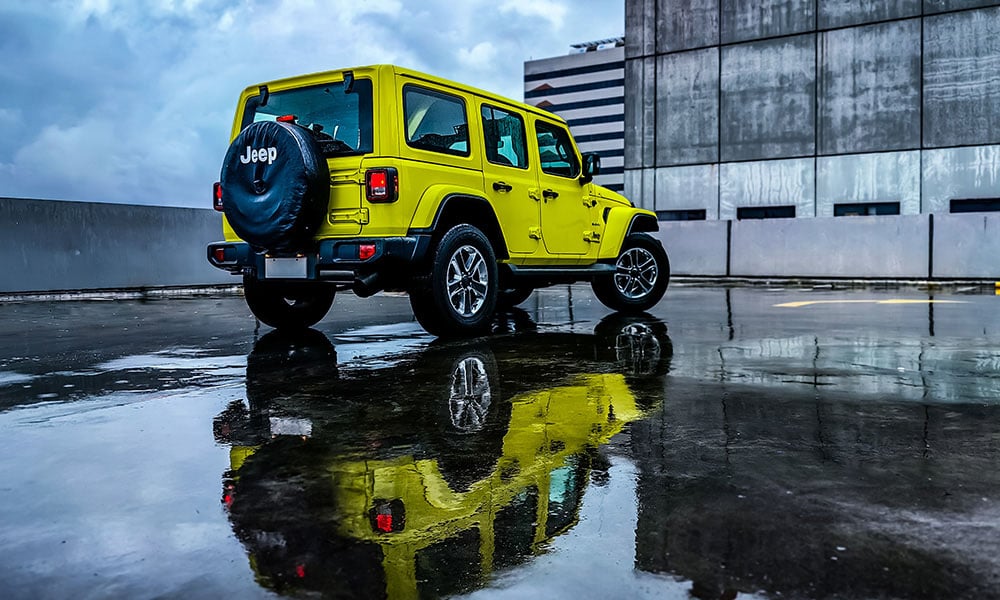
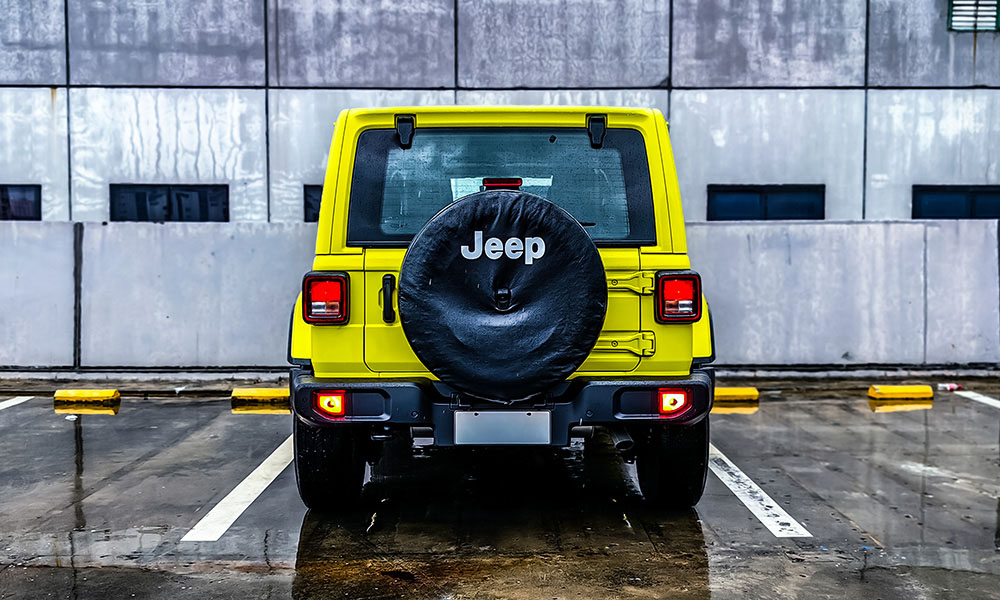
I had so many things in my head that I wanted to try while the test unit was with me. I wanted to try it on a light makeshift trail in Clark. Or try a spot in La Union where a riverbed sits in front of a nice, scenic view.
Unfortunately, there were restrictions on the usage of the test unit, so all of those plans were scrapped. In the end, I just decided to use it as a daily driver.
Unless you’re used to driving huge vehicles, the sight of a Wrangler could somehow overwhelm you. It’s close to 5m long, and almost 2m wide (4,785mm and 1,874.52mm, respectively), so this won’t be as easy as driving your average crossover.
Everything about the exterior is imposing, from the legendary seven-slot grille to the modernized but still separate rounded headlamps flanking it. There’s still a slight gap between the simple front bumper and the fenders, and the side profile is still very much boxy.
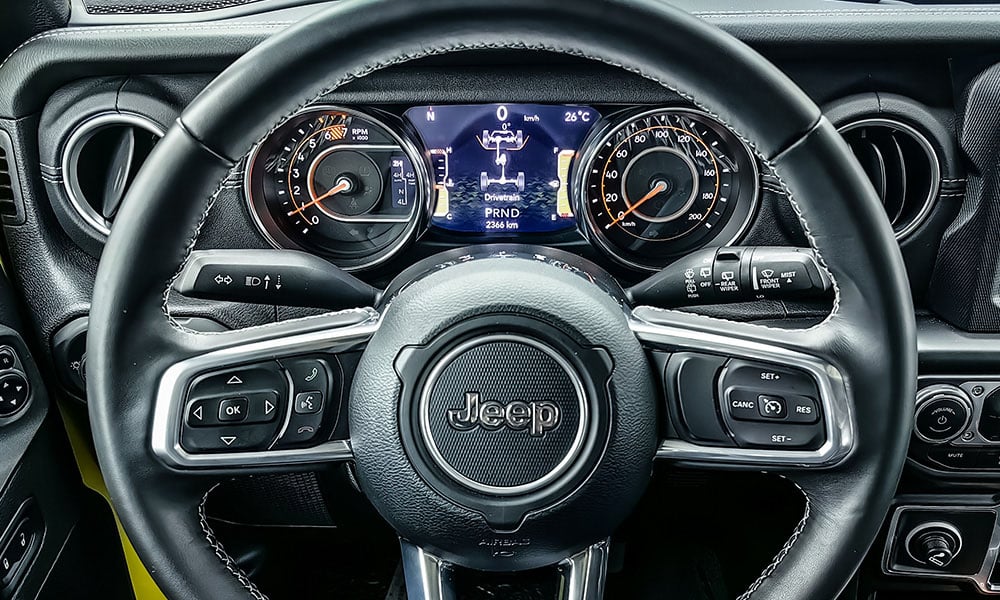
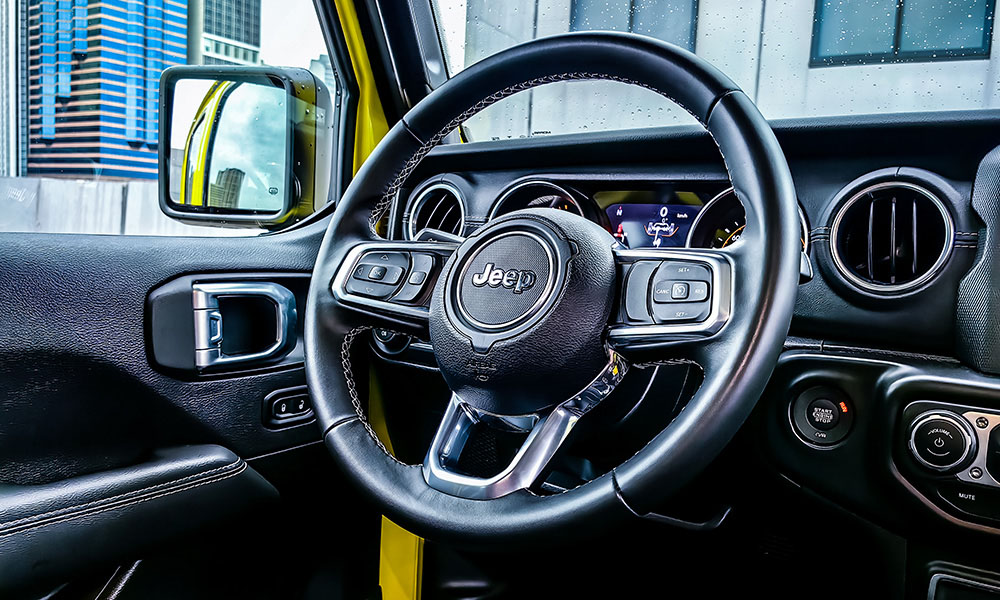
And the rear looks pretty much the same as the previous generation, save for the slightly different taillamp cluster. So naturally, people whom I drive past couldn’t help but look at it. The bright, attention-grabbing High Velocity Clear Coat finish didn’t help. So, I got a lot of thumbs-up from onlookers as I drove by.
The interior is still very much utilitarian; the dash is still upright; and the driving position is still high. However, there are touches of modernity that you’d find inside. The instrumentation, for one, though still dominated by huge dials for the speedometer and the rev counter, has a seven-inch central display for vital information about the SUV.
There’s an Apple CarPlay- and Android Auto-capable infotainment screen, though small at 8.4 inches, which controls the decent-sounding Alpine audio system. The seats and the tiller are wrapped in nice leather. Though this won’t be very useful in the country, front seats can be heated.
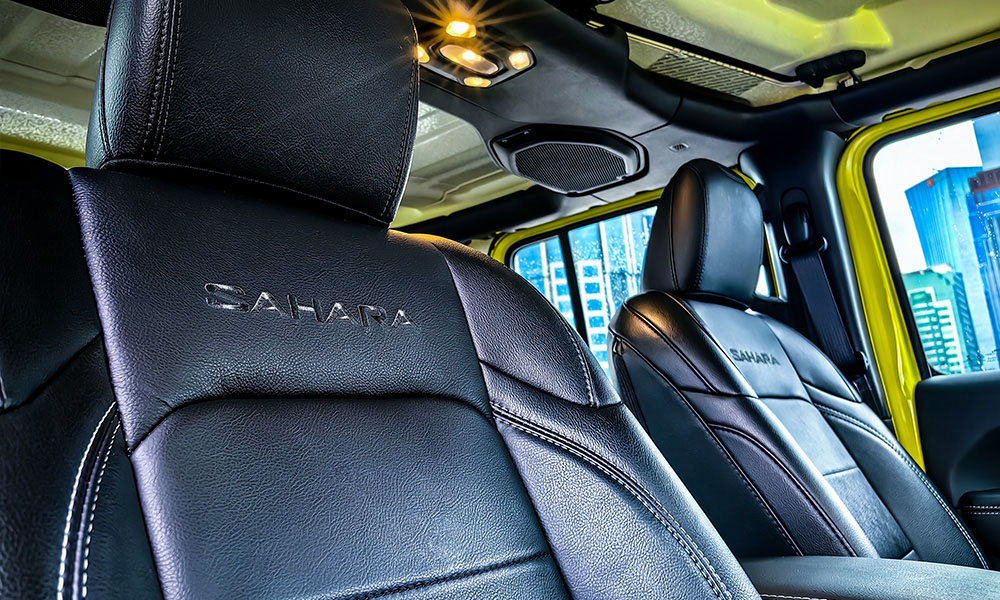
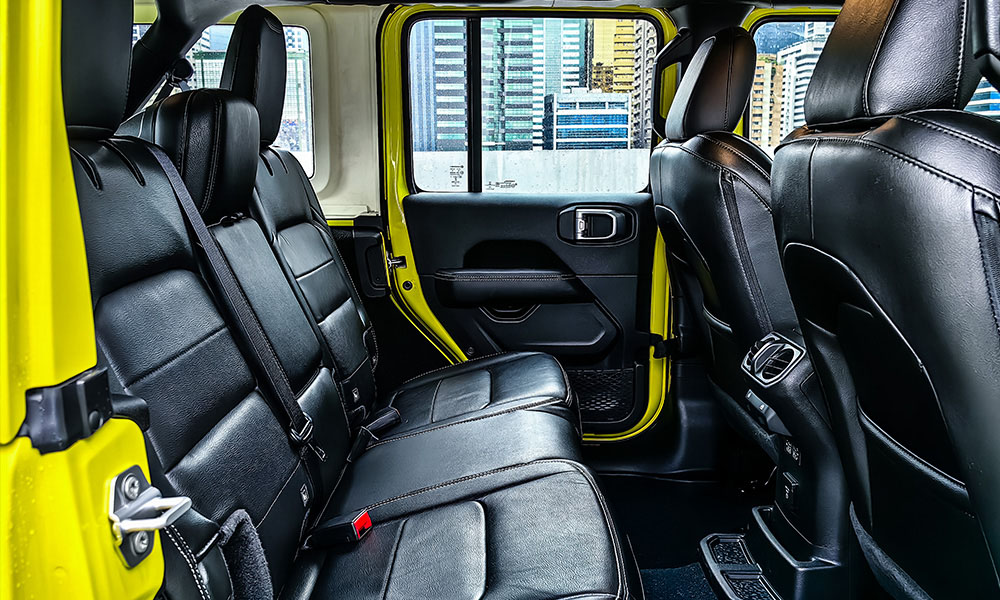
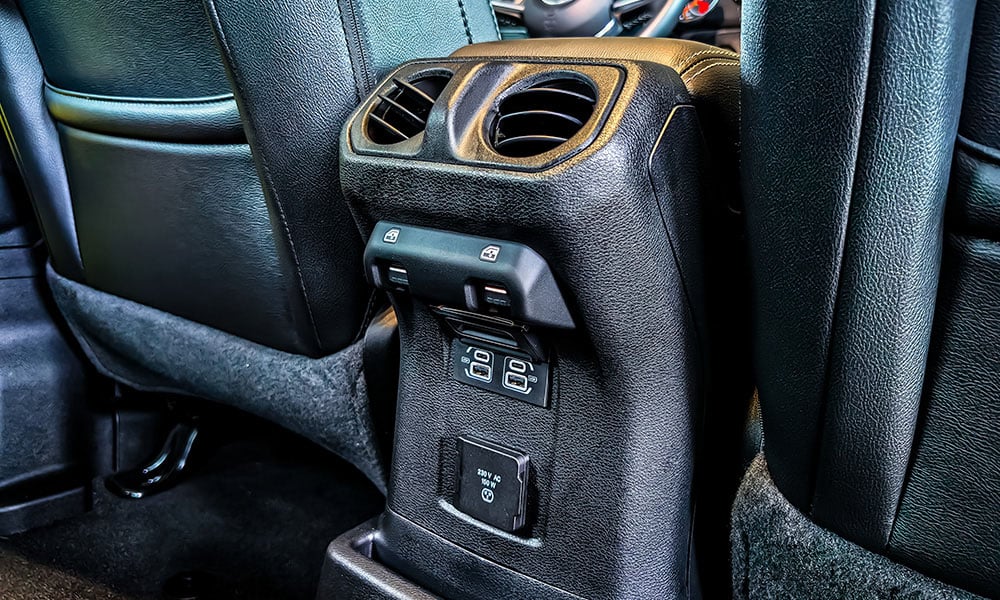
It’s worth noting that Jeep has peppered this vehicle with Easter eggs. An image of the original Willys Jeep can be seen in various places. There’s one on the rims, and one on the front windshield. Admittedly, I didn’t have enough time to see them all.
You’ll also find a plate at the rear door showing the dimensions of the two- and four-door versions of the vehicle. It also has some interesting quirks, like that nifty slot between the two cupholders on the center console where you could put the key fob.
But other than these niceties, everything about the Wrangler’s interior is about toughness and durability. So, instead, I focused on the way it behaves on paved roads.
I know about the Wrangler’s pedigree, and what this beast can do. There are the tough-as-nails rigid axles front and back; the part-time 4WD system; and the various things done to make the ladder-frame chassis sturdier.
And even though some roads in Metro Manila could pass for a light trail, it’s not even remotely challenging as the conditions that most owners would subject the SUV to.
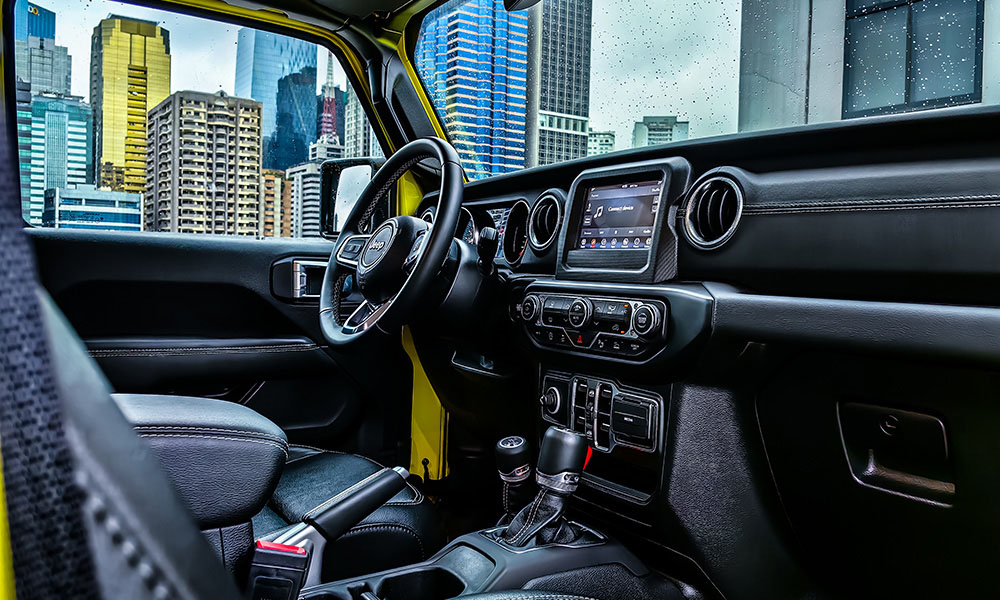
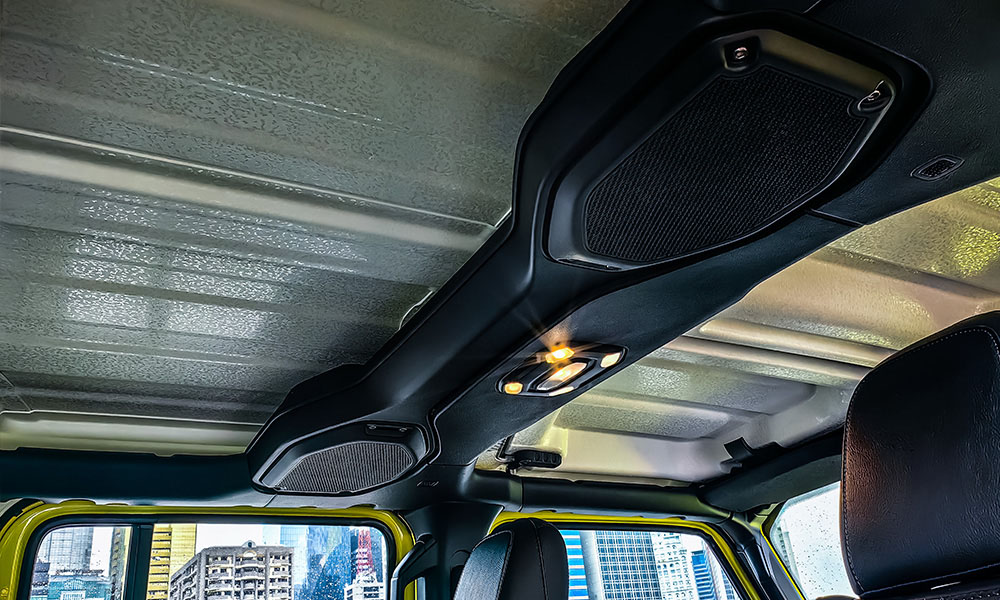
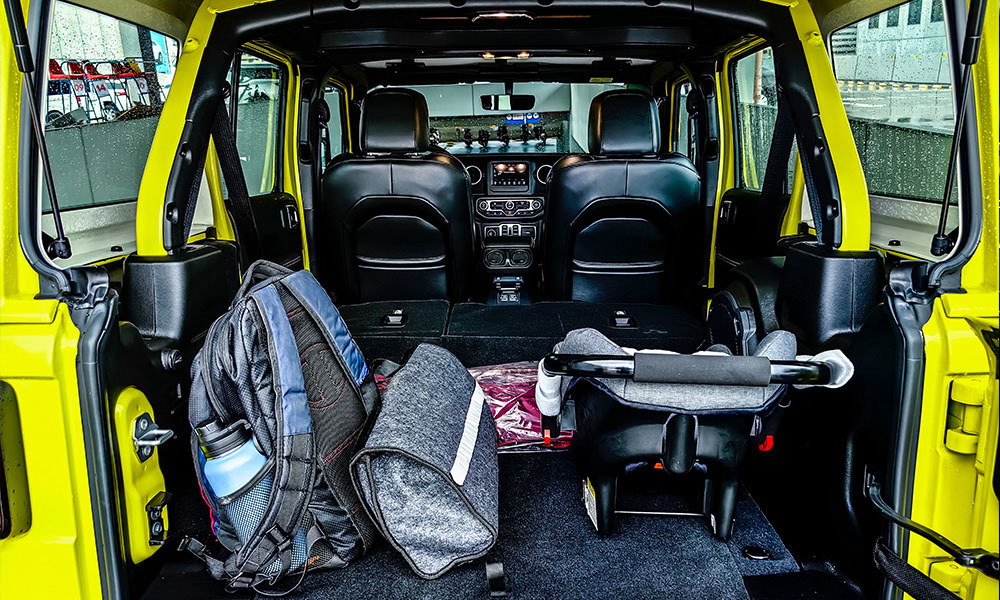
Purists would shake their heads as the Wrangler loses its big-displacement engine—at least for the Philippine market. Now, it has a 2.0-liter, turbocharged four-banger, arguably one of the smallest engines to be shoehorned under its hood. Paired with a smooth-shifting eight-speed automatic, it’s good for 268hp and 400Nm.
Honestly, you may have a hard time believing those figures. I’ve driven a Chrysler 300C before with a 3.6-liter Pentastar V6, and the Wrangler’s powertrain behaves similarly.
Power delivery is buttery smooth, for better or worse as it makes for a comfortable drive around the city (while it does have enough oomph when on the highway). But the smoothness of the powertrain kind of mutes it.
It’s nothing to fuss about as stabbing the accelerator can make the engine roar to life. Given the Wrangler’s heft and weight, it’s far from being a canyon carver. But I hope a drive mode could spice things up, as working up the engine during a highway overtake also means losing some kilometers to a liter.
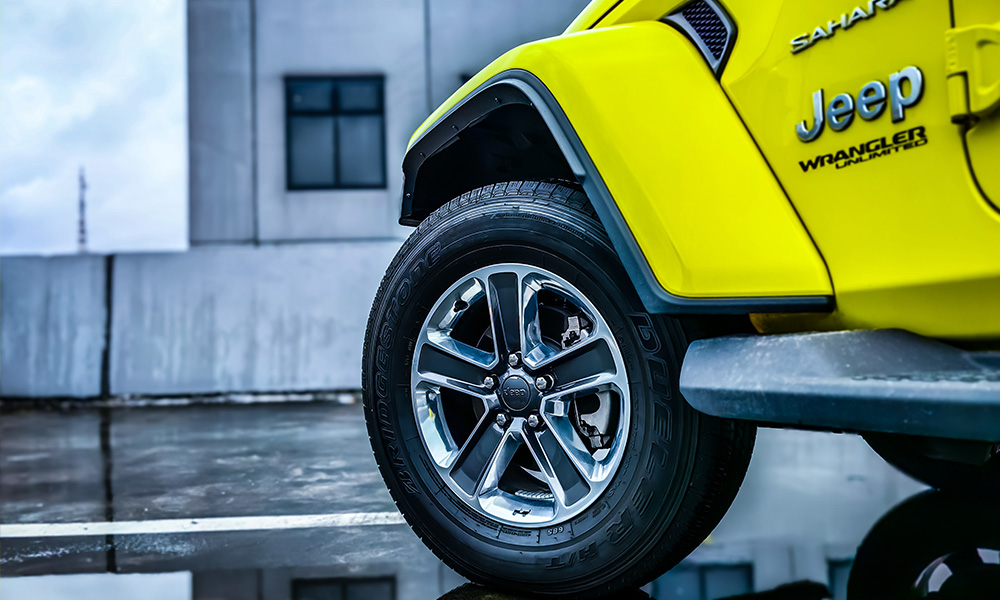
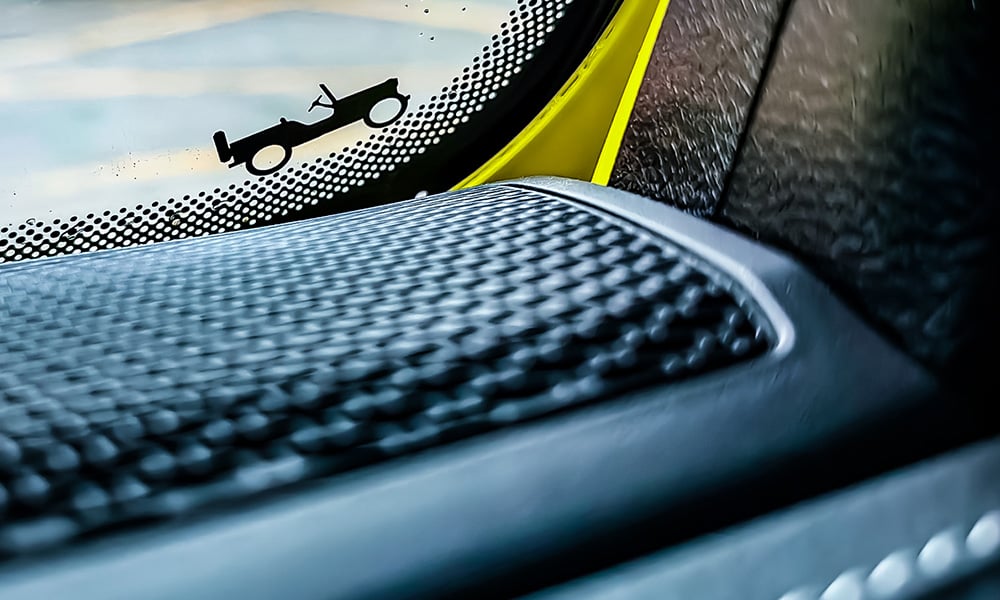
You might be thinking: “Why would a Wrangler owner worry about its fuel consumption?” And I would understand. The 81.4L tank also ensures you have enough fuel onboard. But I believe that the engine has so much potential, only to be wasted by the way its power delivery is mapped.
During the four-day lend-out where I covered around 250km, my average fuel consumption read 7km/L, which can be horrendous for some. But given the truck’s weight and how capable it is, things don’t seem so bad. I just felt that things could be better.
Speaking of better, the Wrangler now boasts several safety features like blind-spot monitoring, cross-path detection, a rear parking assist system, Trailer Sway Damping, and cruise control.
These may not seem groundbreaking as there are far more advanced driver-assist systems still missing here. But these are nice additions that work significantly in giving you confidence while you’re behind the wheel.
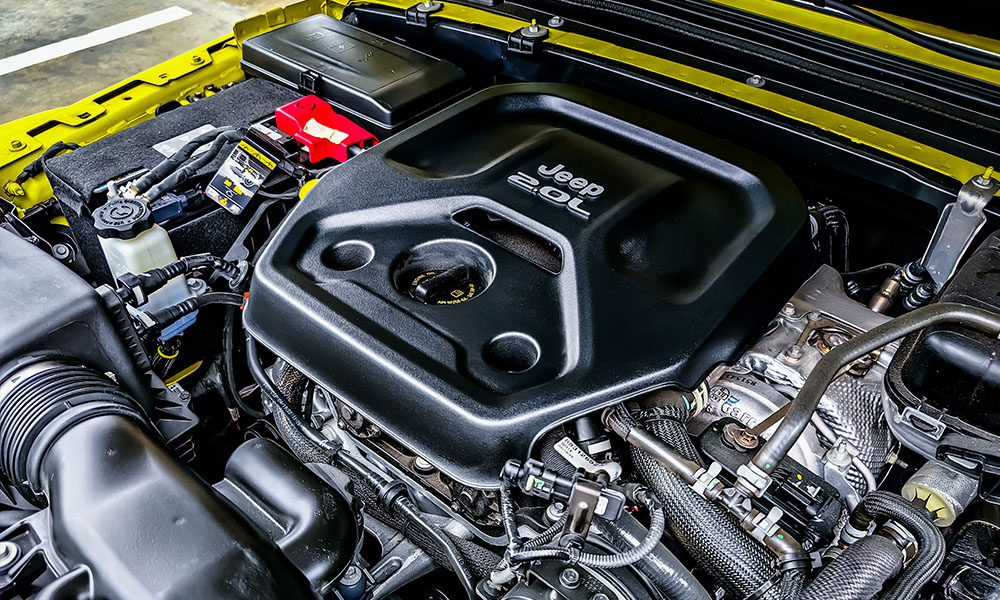
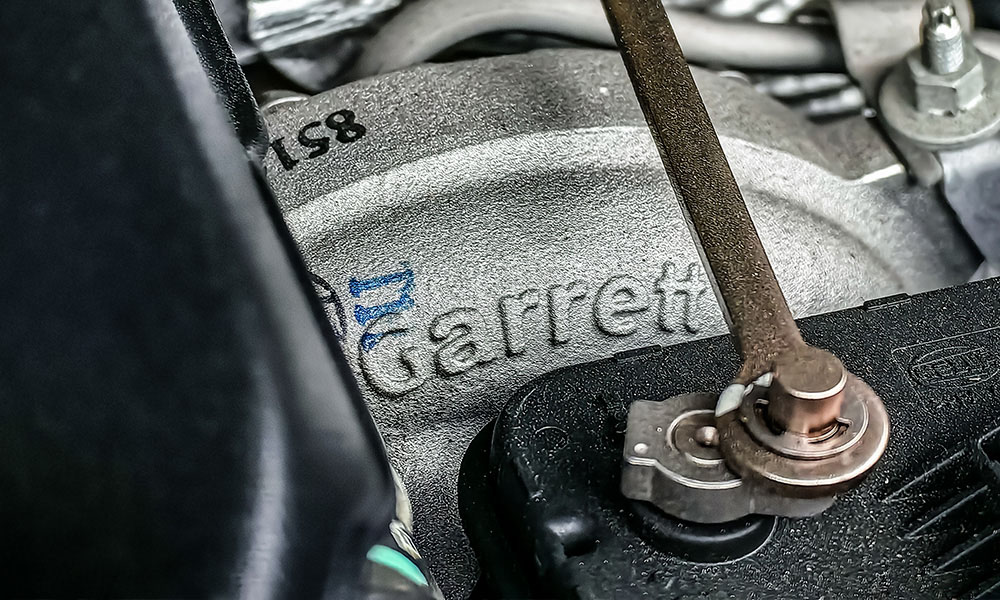
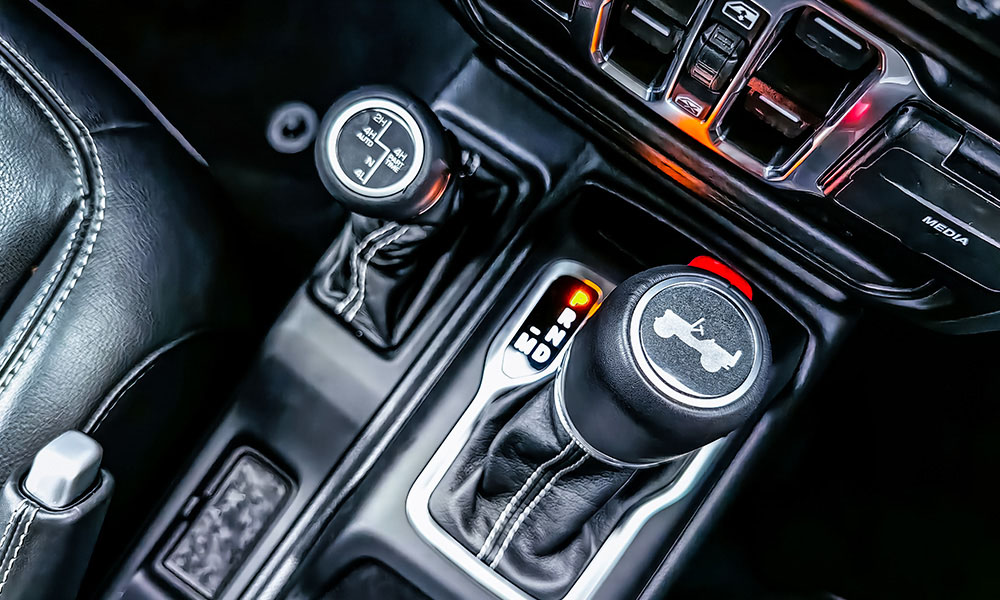
I still wish I could have tried the things I had initially imagined to do with this review, but the limitations also helped me see the Wrangler in a whole new light. This tough and very capable rig can be a decent daily driver that offers more fun.
That is, if you’re willing to live with the quirks that this behemoth comes with—refueling costs and the staggering P5,290,000 price tag included.
Daily-driving a Wrangler might not make sense for a lot of people. But given how bad the road conditions could be here in Metro Manila, having an excessively capable vehicle that’s ready for everything would be nice, too.
And suddenly, the crazy proposition that is the Jeep Wrangler as your errand car somehow makes sense.
JEEP WRANGLER SAHARA
| Engine | 2.0-liter four-cylinder, turbocharged gasoline |
| Transmission | 8-speed automatic |
| Power | 268hp @ 5,250rpm |
| Torque | 400Nm @ 3,000rpm |
| Dimensions | 4,785mm x 1,874.52mm x 1,869mm |
| Drive layout | 4WD |
| Seating | 5 |
| Price | P5,290,000 |
| Upside | Tough, good looks. Extremely capable. The mechanicals aren’t as complicated compared to modern off-roaders. |
| Downside | So-so performance and fuel efficiency on the highway. A little too expensive for what you’re getting. |

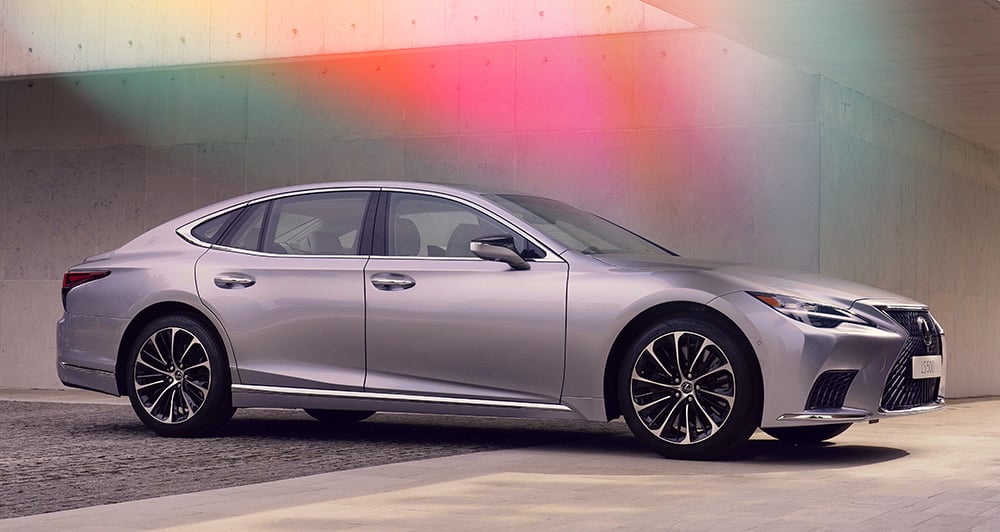
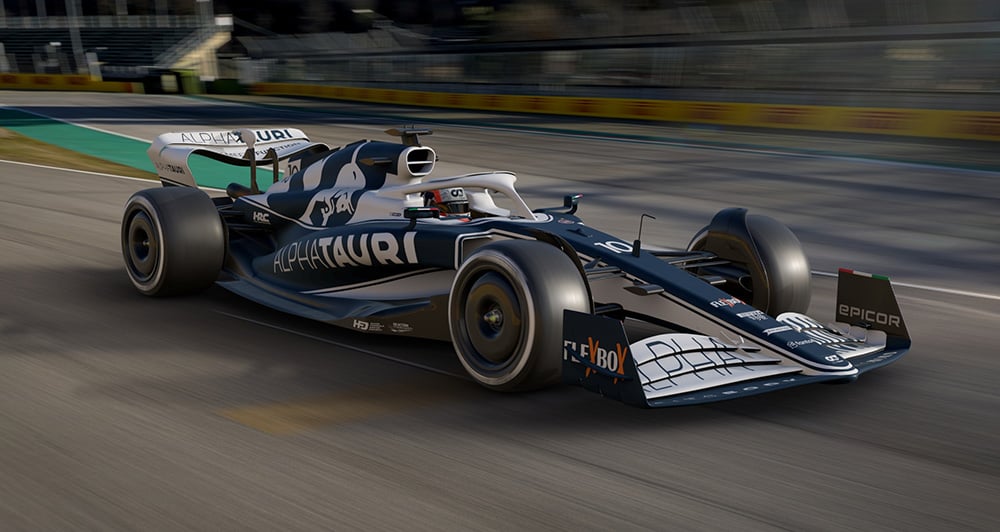
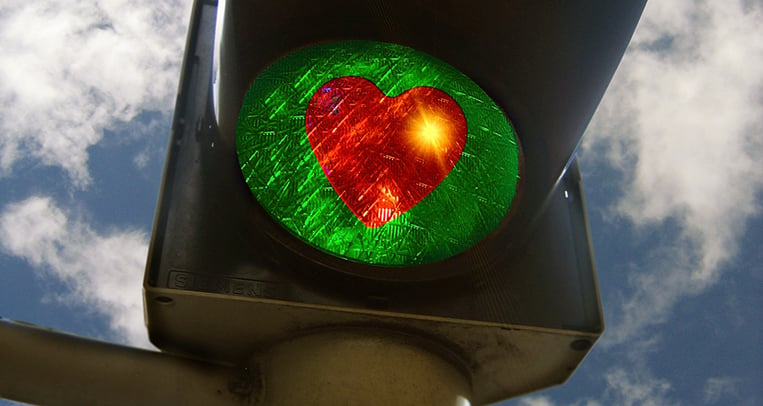
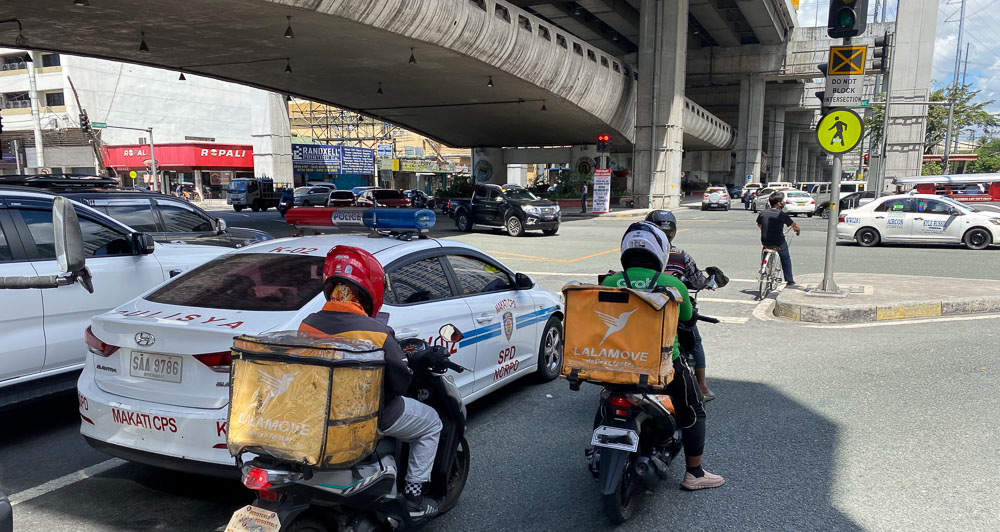
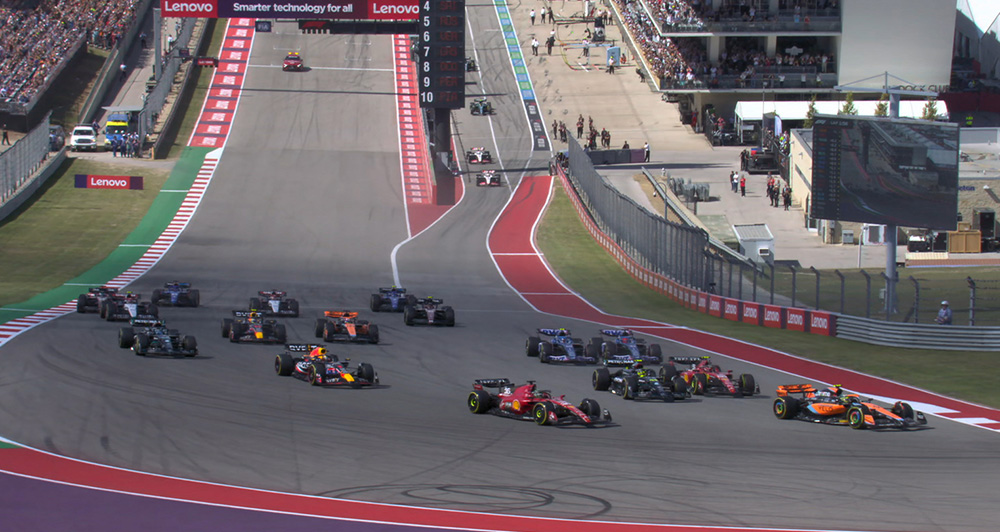
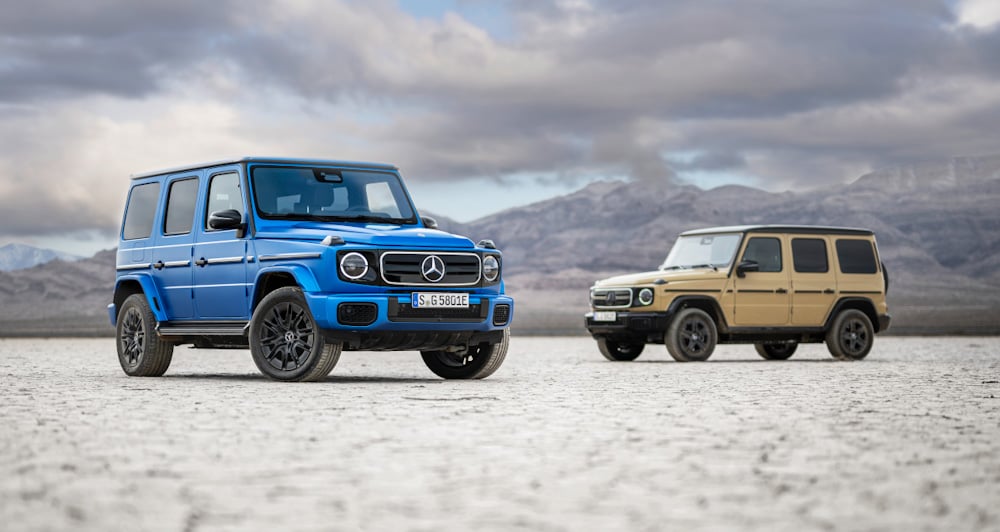
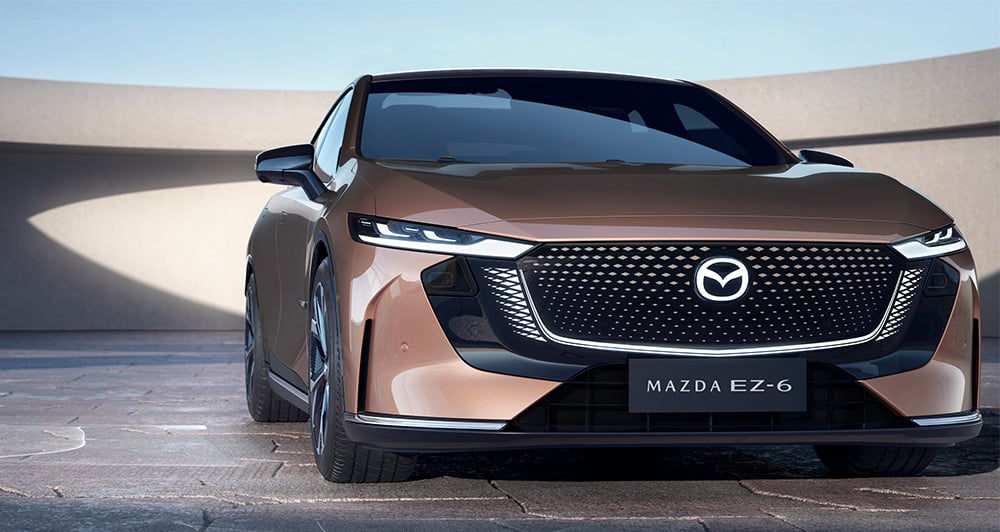
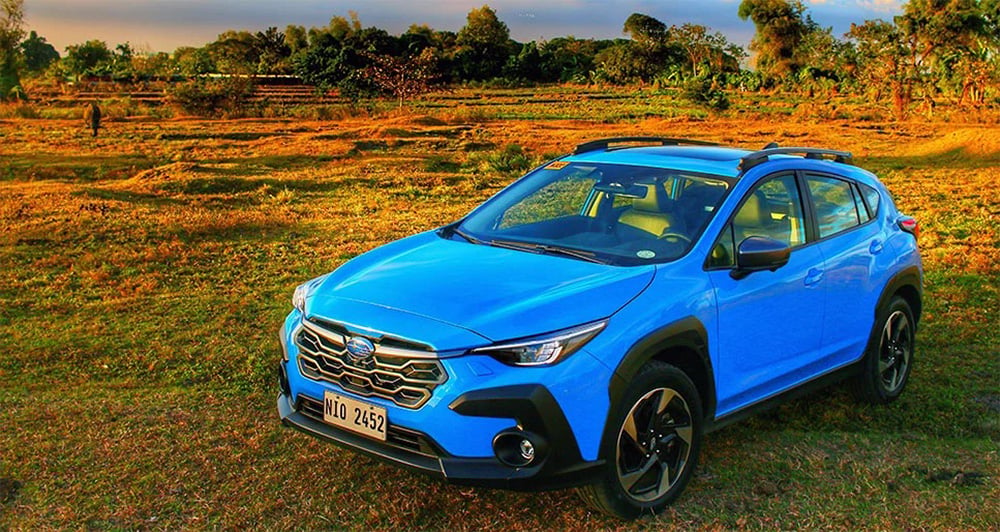


Comments